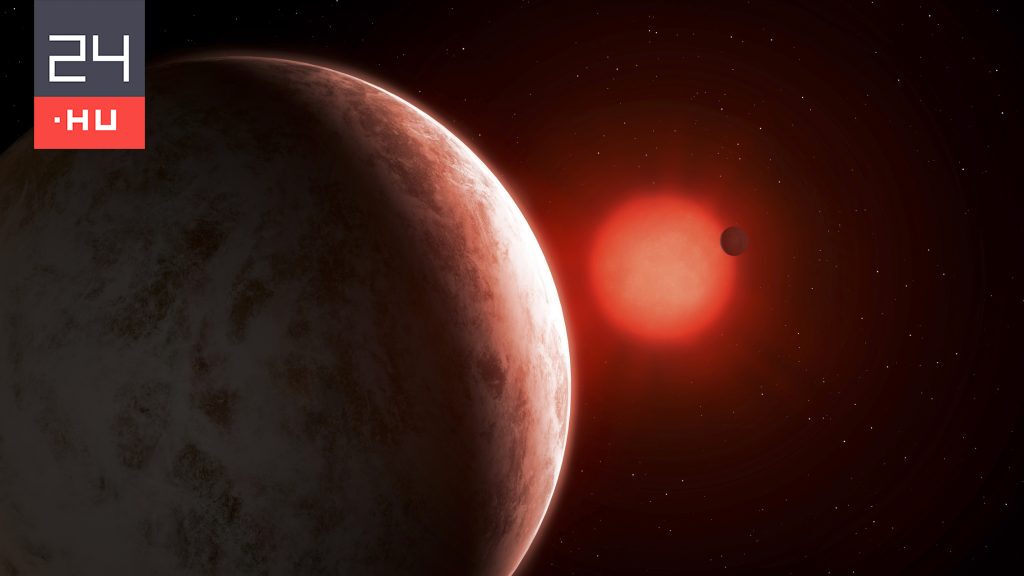New one In the study The authors present an exoplanet of the super-Earth type, A. writes ScienceAlert. From a cosmic point of view, the celestial body is nearby, only 200 light-years away. TOI-1075b has a radius of 1.8 times that of Earth, making it one of the largest known super-Earth planets.
Interestingly, only very few planets with radii between 1.5 and 2 Earth radii have been discovered so far. So the newly discovered celestial body is particularly exciting. TOI-1075b has a mass of 9.95 Earths, which is very dense for a gaseous planet. For this Sake flowerKavli, a doctoral student at MIT Kavli and his colleagues think the object is a rocky planet, like Mercury, Earth, Mars or Venus.
In 2017, astronomers noticed a lack of rays. Since then, many explanations have been developed for the rarity of celestial bodies between 1.5 and 2 Earth radii.

TOI-1075b was found by NASA’s Exoplanet Hunting Telescope, TESS. The data revealed that the orange dwarf TOI-1075 orbits a terrestrial jet object of magnitude 1.72. The celestial body revolves around its star very quickly, in 14.5 days.
The team hypothesizes that the celestial body either has no atmosphere or is composed of silicate vapor, possibly hydrogen and helium or carbon dioxide. It is possible that the surface of the body is covered by a huge magmatic ocean.
The researchers hope that subsequent observations will allow them to get to know the orb better. One of the tools for the investigations could be the James Webb Space Telescope, which could even be used to study the atmospheres of exoplanets.






